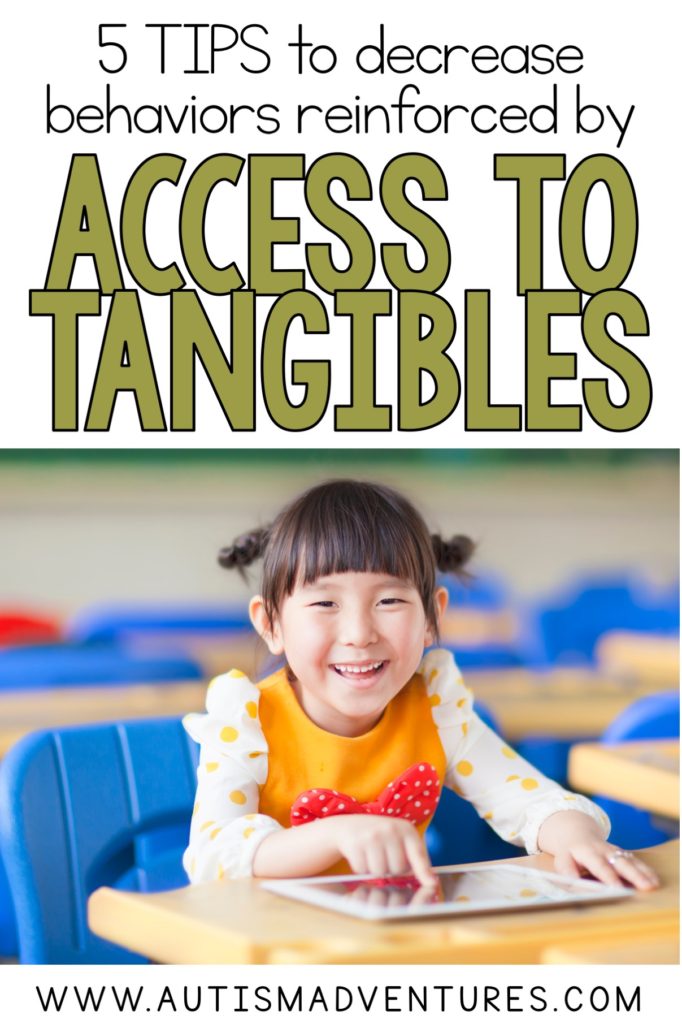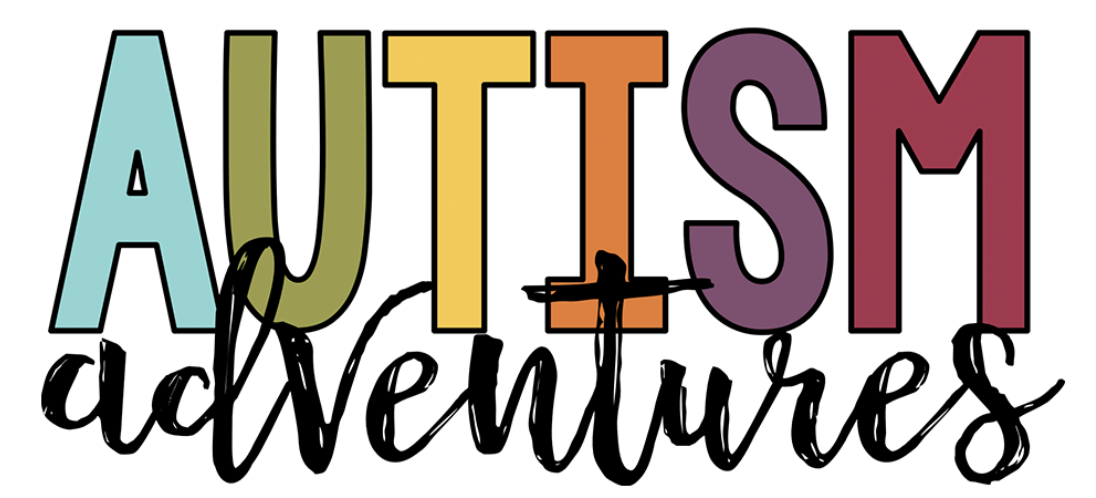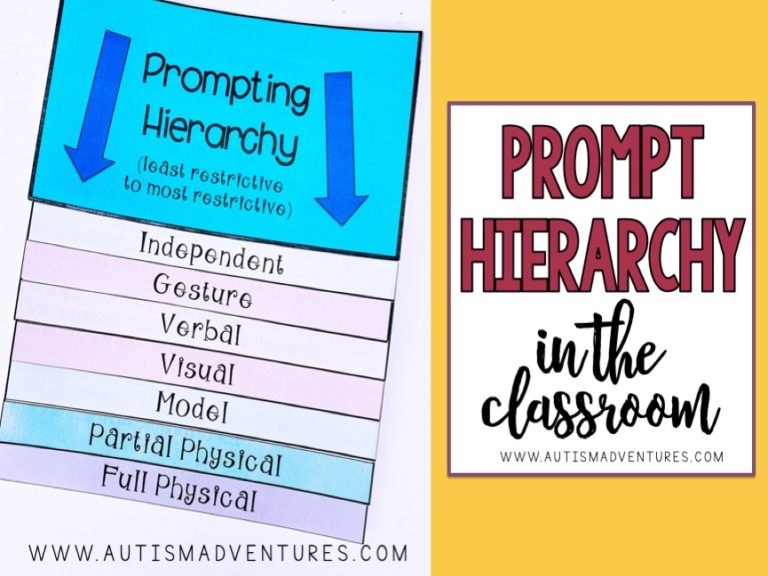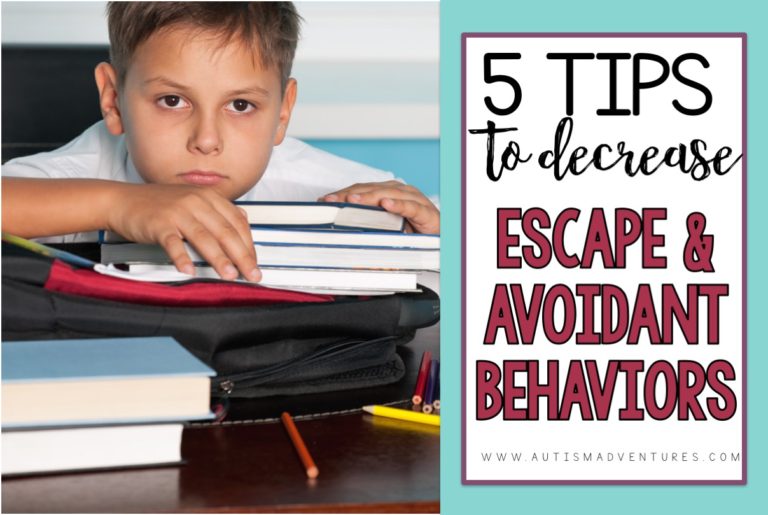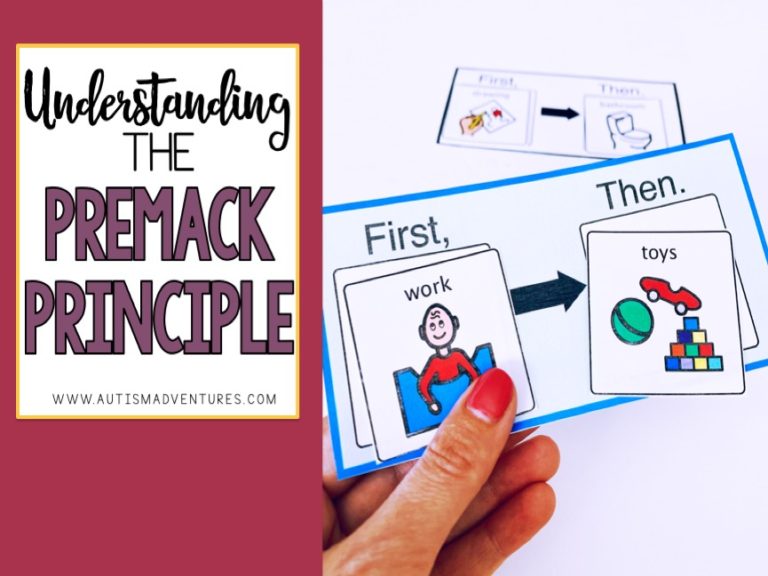Decrease Behaviors Reinforced by Tangibles
Five Tips to Decrease Behaviors Reinforced by Access to Tangibles (things!) in the Classroom
We want what we want and we want it now! The difference between kiddos and adults though, is while we (usually) are able to wait, be patient, or regulate ourselves, many kiddos still need practice. We’ve all experienced kiddos crying, tantrumming, or asking over and over because they really just want that thing. So what do you do when it’s just not available or you said no, but it won’t stop? These 5 tips to decrease behaviors reinforced by tangibles can help to create a plan. A plan to decrease behaviors related to tangible access.

This post is part of a mini series helping understand the ABC’s and Functions of behavior. To read more about ABC’s and Functions of behavior, read more HERE.
1. Make sure students know how to get what they want appropriately
As with all of the functions, it’s important to give our student’s appropriate ways to get their needs met. While we don’t necessarily want a student to ask to play on the tablet 15 times in an hour, it’s an improvement from crying, tantruming or disruptive behavior. While some of our kiddos might have the skills to raise their hand and appropriately ask for the things that they want, many don’t. A student who is constantly taking things out of the hands of their peers might just not know how to appropriately ask if they could have a turn. Teaching a student how to ask for what they want, whether it be by vocally requesting, exchanging a picture, signing or pointing, can decrease inappropriate attempts to get that thing.
For resources to help with this, check out Melissa’s two Behavior Basics lesson that may be helpful for you: She has a lesson on “I Need…” and a lesson for “Raising My Hand.“
2. Set up the Environment for Success
It might seem simple, but easy modifications to the classroom can have a big impact. They can really help decrease behaviors reinforced by access to tangibles If one kiddo is distracted by the bookshelf he sits next to, consider moving that student to the other side of the room. If another student is constantly asking to use the iPads, try putting them in a closed cabinet. Out of sight, out of mind. It’s like the kid we’ve all seen crying on the floor in the grocery store check out line because his mom won’t buy him the candy bar. If that candy wasn’t so conveniently located there, that tantrum might have been avoided all together. The idea is to set up the environment to have the least amount of reminders of what the student is wanting.
3. Build in opportunities to get that thing
If there’s a hot ticket item, activity, or reward that students are constantly distracted by, asking for, or “stuck” on, consider setting up opportunities for it throughout the day to decrease the motivation to ask later on. You wouldn’t ask for a sandwich if you just ate one, right? (well, maybe sometimes). Building in opportunities for students to have access to preferred items and toys will help decrease asking later on. A student who has 5 minutes of free play with their favorite toy at the beginning of the day might be less likely to tantrum for some play time during a lesson.
4. Say what you mean, and mean what you say
“Okay, fine” is one of the worst things that you could say if a student is engaging in inappropriate behavior to gain access to something. If you have given a direction, or said “no” to something, and the child begins to engage in some sort of behavior in an attempt to get it back, and after 5 minutes of crying you say “okay, fine, you can have it”, that student just learned that it takes 5 minutes of crying (or throwing, or falling to the floor…etc), to get you to give in. This is tricky, because you have a classroom full of students and a to do list a mile long, so if you absolutely must give in, make sure the student is calm and asks appropriately in some way before you do!
5. Examine what’s really going on
As always, it’s so important to make sure that you’re looking at the big picture. In order to decrease behaviors reinforced by access to tangibles, we need to know what’s going on. There are so many variables to why a student might be acting out in order to gain access to something. They may need help learning the skill of waiting. Maybe they’re asking and crying for lunch time because they weren’t able to eat breakfast this morning and they’re really hungry. Maybe they are pushing their peers to get their toys because they’ve seen it work for their siblings at home. Investigating why a kiddo might be so motivated for something will help us to better teach them the skills they need to get it, and might give us a little more compassion along the way.
How to Decrease Behaviors Reinforced by Access to Tangibles
Wanting to have something and not wanting to wait, is something we can all relate to. Asking appropriately, waiting, and learning when and where are skills that need to be taught and practiced. The key here is to say what you mean and mean what you say, and your student will learn that you will follow through and engaging in problem behavior is just not worth it – (and won’t work!) I hope you find these 5 tips to decrease behaviors reinforced by access to tangibles helpful for your classroom!

Like what you read? Don’t forget it, PIN IT!
